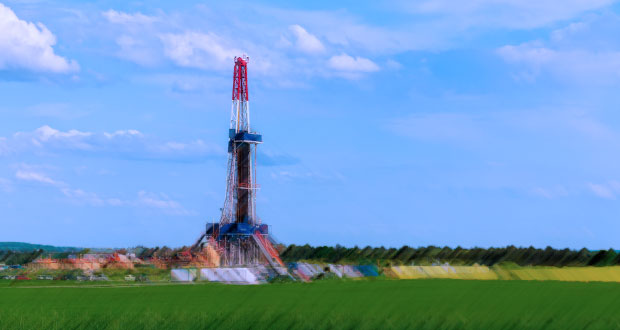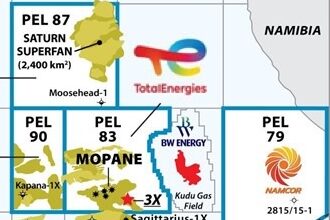Inflation, lack of funding threaten industry’s recovery and upcycle

By Linda Hsieh, Editor & Publisher
High prices at the gas pump in recent months have led to renewed attacks on the oil and gas industry. Accusations of greed and price gouging abound, frustrating those of us in the industry who know better. We know that, although the strong bounceback in oil prices is leading to a burgeoning revitalization in drilling activity, we face a bevy of challenges as we work to deliver the affordable and reliable energy that this world needs.
This is a cyclical business, and the negative oil prices, mass layoffs and record losses companies saw in 2020 have not been forgotten. Companies are not only still contending with COVID-19 but also with surging inflation and supply chain bottlenecks. And if you haven’t heard yet, we’re apparently headed into a recession.
As one panelist pointed out at the recent IADC World Drilling Conference, there are no “party money” investments in the cards for oil and gas. “That’s not going to happen,” Truls Olsen, Head of Research for Fearnley Securities, said matter of factly.
It’s no secret that banks, especially those in Europe and the US, are weary of lending to companies in the oil and gas sector. We’re perceived as a “sunset industry,” Mr Olsen said, even if people recognize that sunset may still be many years away.
And, yet, we will need significant investment so we can drill and complete new wells and keep production going. After being stacked for the past couple of years, many rigs are in need of major maintenance and upgrades to get back into job-ready mode. On top of that, many operators are now demanding the installation of emission-reducing technologies, which will necessitate additional cost.
In a late June webinar, Rystad Energy noted the impacts that the rising cost of everything from engines to electronics to labor are having on the oilfield services sector. Their analysis of contractors’ earnings reports show that, although revenue has risen steadily since Q3 2020, so have operating costs. In the US shales, although average dayrates for horizontal rigs surpassed $20,000/day earlier this year – and some rigs are even getting above $30,000/day – the analyst cited “inflationary costs being passed through” as a key factor.
It’s different this time, or is it?
While recent inflationary trends are worrisome, they’re nothing that this industry hasn’t seen and survived before, Pete Miller, Executive Chairman of the Board at HMH, said at World Drilling. We lived through worse inflation in the 1970s and ‘80s, he said, “and we’ll live through the things that are going on right now because of the strength of the industry.”
This doesn’t mean things will be easy, however, and Mr Miller urged industry leaders to consider new drivers that have come into play, which could make things different this time. For example, there is a lingering pandemic, and employee expectations have evolved. Society is also making much more forceful ESG demands across the board. Some points of consideration Mr Miller suggested were:
- Think differently when it comes to compensation. Companies should consider out-of-the-box ideas like giving management a stake in rig ownership. Having equity in the company will incentivize them to make it more successful.
- Drilling contractors need to demand real-time payment for their rigs and services, rather than waiting 30, 60 or even 90 days for invoicing and payment. Amazon, for example, will charge your credit card at the point of sale. Why should it be any different for rigs? Mr Miller asked.
- Seek creative forms of financing, like private equity, international banks, and billionaires investing out of family offices.
- Pay attention to how inflation is impacting your line employees because those pressures are “hitting them in spades,” Mr Miller said. DC
Linda Hsieh can be reached at linda.hsieh@iadc.org.




